Dr. Richard S. Faulkner, CGSC professor of history and CGSC’s William A Stofft Chair of Military History, presented “The Giant with Feet of Clay: The U.S. Army Goes to War 1917-1918” on March 16 at 6 p.m. as part of the General of the Armies John J. Pershing Great War Centennial Series.
In his presentation Faulkner discussed how the U.S. had tried to avoid the “European’s war,” but soon had to admit its effects on the nation and ultimately entered World War I in April 1917. – At the time the U.S. Army was a small constabulary force whose outlooks, doctrine and organization was much more suited to the realities of nineteenth century warfare than to the crucible of the Great War. In a mere 19 months, this army of 280,000 expanded to more than four million soldiers and embarked upon a crash course in waging mass industrial war. Faulkner stated that although this expansion was a major feat of national mobilization, the systemic problems associated with growing the Army and the challenges that it faced in learning to fight modern war against a well-trained and experienced enemy meant that the process was far from smooth. Faulkner revealed specific problems not only in how the Army was manned and trained, but also in how it was equipped and organized.
Faulkner is a professor and the William A Stofft Chair of Military History at the U.S. Army Command and General Staff College at Fort Leavenworth, Kansas. He holds a Ph.D. in American History from Kansas State University and a master’s in American History from the University of Georgia. Faulkner served in the U.S. Army for 23 years as an armor officer and retired as a lieutenant colonel in 2006. His assignments in the Army included commanding a tank company in combat during operation Desert Storm and teaching American History at the United States Military Academy at West Point. His first book, The School of Hard Knocks: Combat Leadership in the American Expeditionary Forces, was awarded the Society for Military History’s Distinguished Book Prize for the best work in American military history in 2013. His second book, Pershing’s Crusaders: The American Soldier in World War I, was just published by the University Press of Kansas.
The CGSC Department of Military History hosts the General of the Armies John J. Pershing Great War Centennial Series with support from the CGSC Foundation. The lecture series intended to foster understanding of this world-changing conflict during its 100-year commemoration. More than any other single event, World War I was the decisive, shaping experience of the Twentieth Century. It was a brutal war that brought down four empires, led to revolution in Russia, and eventually brought the United States onto the world stage as a major power. We live with its results to this day. All lectures in the series are free and open to the public. Members of the public coming to the lectures from off-post will need to add extra time to check-in at the Fort Leavenworth visitor center. – For visitor information, see http://garrison.leavenworth.army.mil/index.php/myfort/services/services/gate-information.
The next lecture in the series is scheduled for May 4, 2017. CGSC’s Dr. Ethan Rafuse will present “The French Mutinies.”
For more information on this or other lectures in the series contact Dr. Shawn Faulkner, CGSC Department of Military History: email– richard.s.faulkner.civ@mail.mil or phone– 913-684-2056.
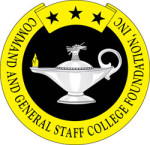
Simply enter your email address below and click the subscribe button...
We 100% respect your privacy





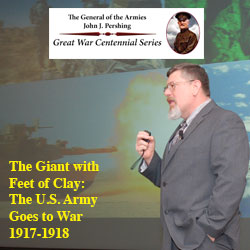
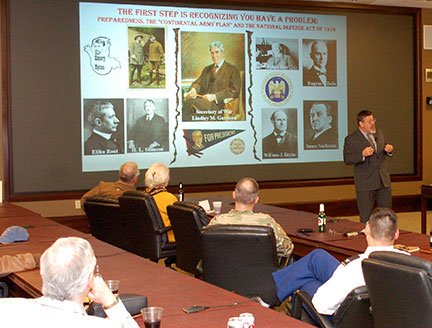
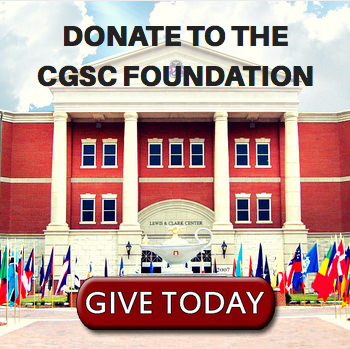
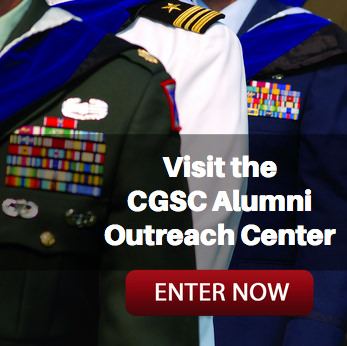





We are 8th grade students at Decorah Middle School and we are doing a National History Day project on the Battle of Verdun, and we would like to interview Dr. Richard S. Faulkner on the topic.
Thank you,
Lacie